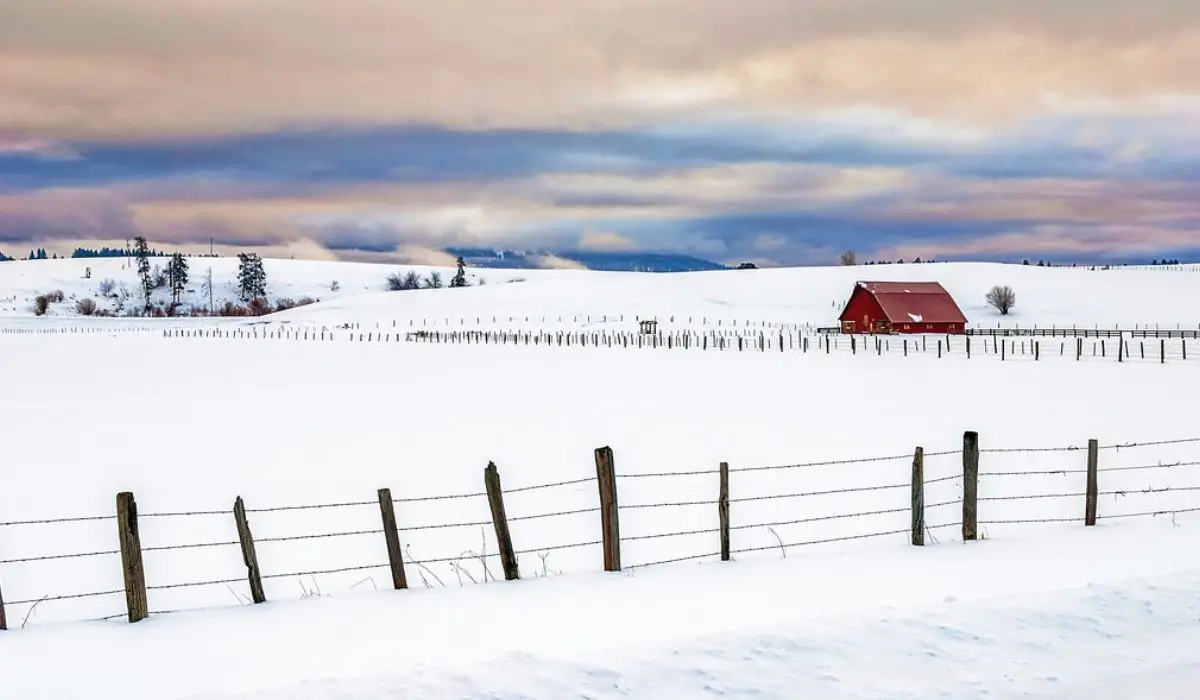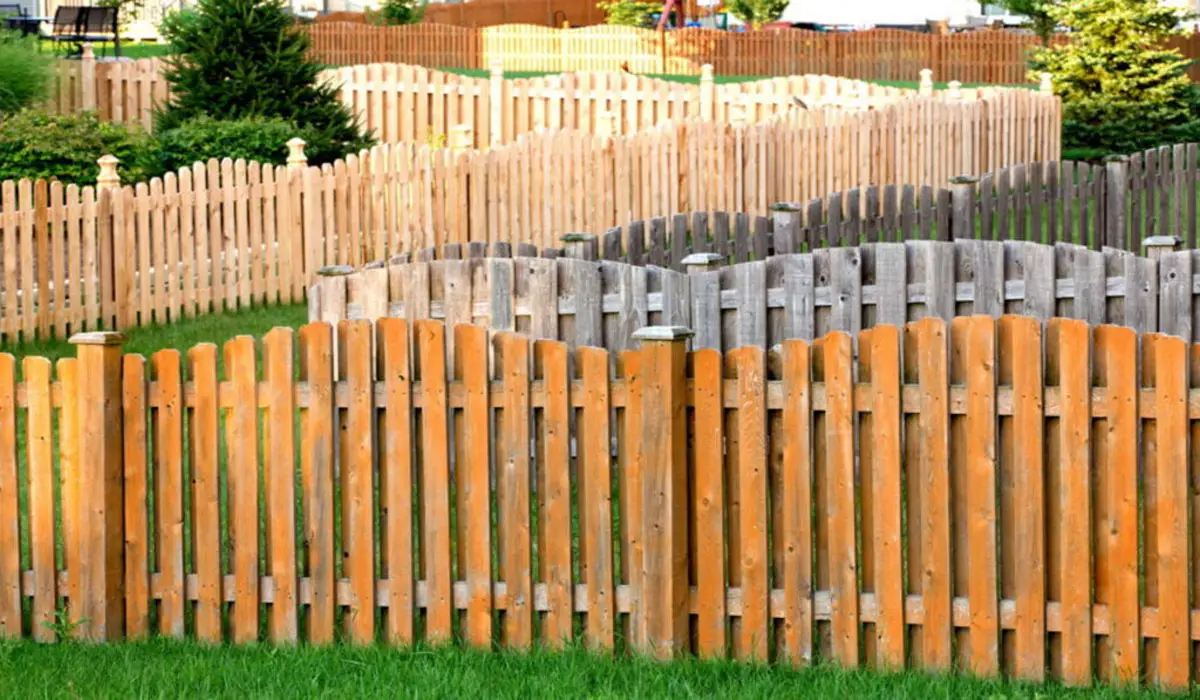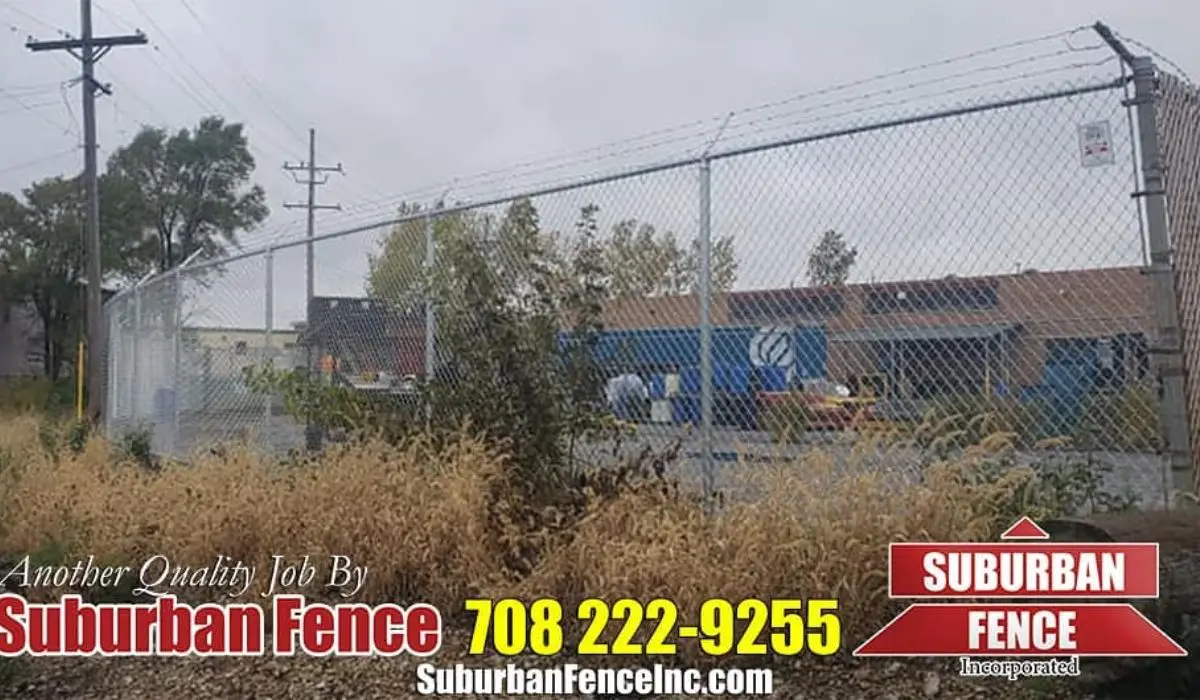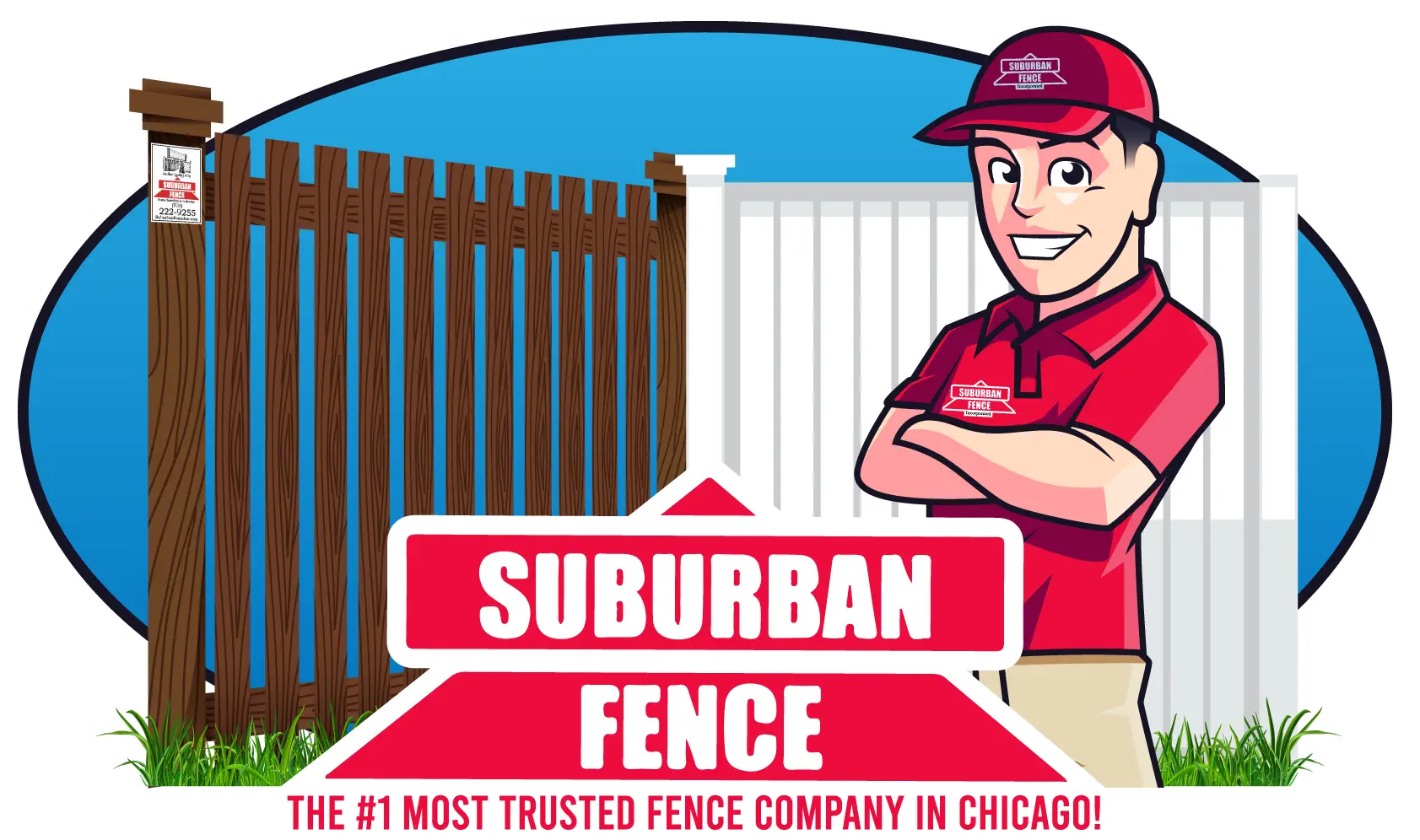
What Caused The Fence Posts To Heave During Winter?
Fence Posts Heaving: Causes And Solutions
Fence post-heaving is a major problem in winter. If it is not treated, the fence posts will move, and the fence will start to fall over time. At Suburban Fence Incorporated, you can find many fence posts to choose from.
We offer a wide range of fence services, from wood fences to chain link fences. We also provide fence post frost heave fix and install them to get the perfect fence for your needs. Call us today at (708) 222 9255 to learn more about our services or to get a free quote.
If you just put up a new railing, there is a chance that the posts will start to lean. This happens when the ground under the post starts to move. This also happens during winter, and it can do a lot of damage to your rail. This guide will teach you what causes this problem and how to fix it.
Fence Posts Heaving and Frost Heave
Fence post frost heave can cause fence posts to lift out of the ground and lead to a leaning rail. This happens when the frost comes, and it’s important to take steps to prevent it. There are several reasons why frost heave may occur;
- If the ground around your rail is not properly compacted, it will freeze and heave.
- If there is too much moisture in the ground, it can turn to ice and push against the posts.
- If the ground freezes and thaws a lot during winter, this can cause your home’s foundation to rise and fall.
There are a few ways to stop frost heave from happening, or at least to make it less severe.
- Before winter, ensure the ground around your rail is packed well. You can do this by pressing it down with something heavy or using a plate compactor.
- Try to keep the ground around your fence dry. Make sure your gutters are clean and working so that melting snow and ice do not pool around the base of your rail.
- Frost clips are a good way to keep your posts in place. The clips let the posts move when the ground freezes and thaws. This can help to stop the posts from heaving.
Fence post-heaving can be annoying. But, if you take some steps, you might be able to avoid it completely.

What Causes Fence Posts To Heave?
1. Soil
Soil is a big reason why railing posts lift. Different soils affect the posts in different ways. For example, clay soils are known for being very dense and hard, and it can be challenging for railings to go into the ground. The posts can become unstable and start to heave out of the ground.
Sandy soils are less dense than other soils. They are also not as tightly packed together. This can cause fence posts to move over time, which might lead to the ground heaving.
You can try the following few different solutions if you have a soil-related problem with your railing pole:
- You can try to make the soil denser around the base of the rail pole by compacting it. This can help to keep it from moving over time.
- You can also try using concrete or gravel at the base of the rail pole to help keep them in place.
- If your soil is sandy or very loose, you might want to put your rail pole on a concrete pad. This will give your railings a more stable base and keep them from shifting over time.
2. Depth
The depth of your pole is very important to keep your rail from heaving. If the posts are too short, the fence is more likely to move. As a rule, you should bury your posts at least two-thirds of the way through. If your rail is 6 feet tall, the posts should be at least 4 feet deep.
But there are some special cases. If you live somewhere that gets a lot of wind, you may need to bury your posts even deeper. If you live in a place with a lot of clay soil, you may need to bury your posts a little deeper.

3. Climate
Changes in the climate often cause heaving. The soil swells and shrinks when the ground freezes and then warms up again. This can put pressure on the fence posts and make them stick out of the ground. It can also be caused by heavy rains or flooding, which soak the ground and make it move.
Choose a material that can handle changes in temperature and humidity. It can help to keep your rail pole from moving. Metal posts are great because they will not rot or rust when they are out in the weather. If you live in an area with a lot of rain, you might want to use a concrete pole. They are very strong and do not get damaged by water.
Fence post-heaving can be a problem. This can happen when the soil gets wet and cold in the winter. Soil grows when it gets wet. When it freezes, the ice makes the pole stand up.
Today, we look at what causes rail pole heaves and give ideas on how to prevent it. If you have a leaning rail, contact Suburban Fence Incorporated now at (708) 222 9255. We are the best fence contractors in the Chicago area. We have been giving homes and businesses good wood fencing products and services for a long time.
We have a lot of different wood fence styles and options for you to choose from. We also have chain links, aluminum, and vinyl fences. You can find the perfect fence for your home or business with us.
Suburban Fence Incorporated Offers The Following Services:
Other Articles We’ve Hand-Picked For You:
Frequently Asked Questions
Digging the hole deeper than the frost line in your area is one of the best ways to prevent frost heave in fence posts. Check the frost level in your area and dig the holes at least 6 inches deeper. The style and height of the fence are also important considerations. Deeper post holes are usually required for tall, heavy fences.
Frost heave is extremely uncommon in coarse-grained soils, particularly clean, well-drained sands and gravels. Because their pore spaces are too large to allow capillary flow or the formation of ice lenses, any pore water freezes in place with no segregation.
Gravel soil is generally thought to be free of frost heaving. As a result, it is commonly used as a soil base construction material in seasonally frozen areas. However, frost heaving will still occur when gravel soil contains a certain amount of fine-grained soil, particularly silt soil.
